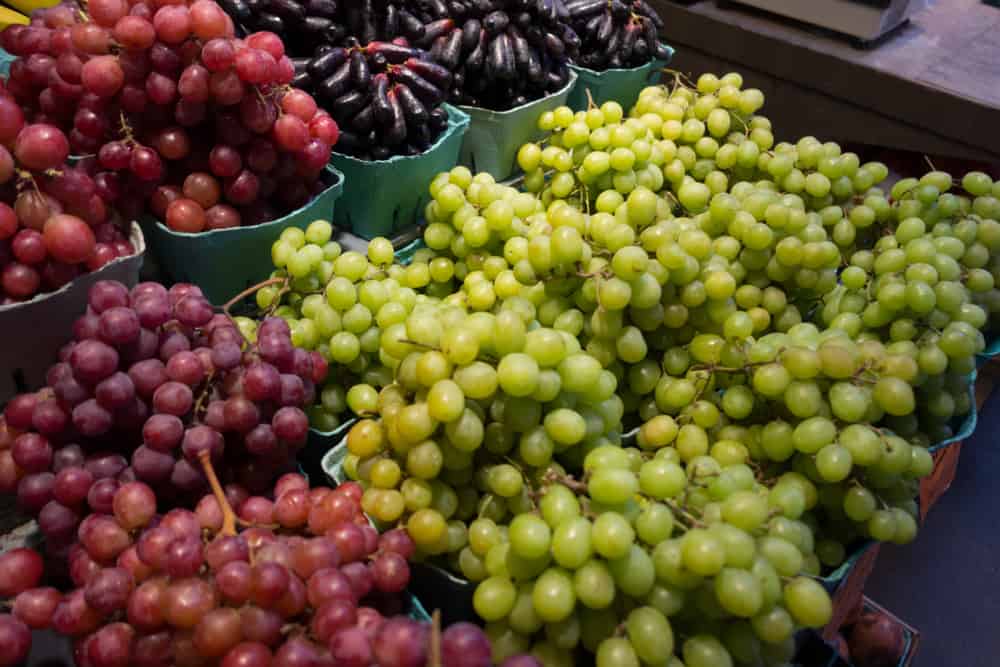How is it possible to have fresh fruit year-round when fruits grow based on seasonality?
There are many reasons to attribute to our ability to enjoy fresh grapes in the middle of January (U.S. grape season ranges from July through November.) Generally, we can thank the shipping industry for that. If globalization did not exist, freshly-harvested grapes imported from South America during the months of December through March would not grace our tabletops. In more specific terms, our year-round enjoyment of fruit is actually due to refrigerated containers, also known as reefer containers, and the existence of the Cold Treatment process.
Shipping food across the globe can pose many problems for ecosystems.
For example, pests that exist in South Africa may not live in North America. However, if goods are shipped from South Africa to North America and pests are stowed away in the containers with the cargo, they would now become a North American problem, too. Different types of fumigation processes are employed to prevent the transference of unwanted pests. For much of the world’s fruit shipments, which move primarily in reefer containers, the process is known as Cold Treatment.
Fruit undergoing the Cold Treatment process will maintain a specific temperature setting, often within a specified range, for a specific time frame. Temperature range and duration is established by the USDA, and can vary depending on the type of fruit being shipped and its country of origin.
Three probes are used to monitor fruit undergoing Cold Treatment.
Probes are strategically-placed inside the pulp of the fruit. Fruit containing the probes will then be loaded, allowing for one probe at the front, one in the middle, and one in the rear of the container. These probes measure the temperature fluctuations of the pulp during the voyage (the average temperature for Cold Treatment is between -1 and 5 degrees celsius.) For example, let’s say that the grapes we enjoy in January have begun their journey in Peru. The sanitary agents in Peru would place the probes inside the grapes (to reach the pulp), ensure the grapes are then loaded appropriately dispersing the probes, and start Cold Treatment.
The Cold Treatment process for grapes from Peru must be maintained at a temperature at or below 1.11 degrees celsius for a duration of 15 days. The probes will be monitored, the Cold Treatment will be verified for that container, and it will be decided if the product has passed or failed. If it passes, it then moves on to its destination. Should the container fail Cold Treatment, other factors would need to be taken into account in order to decide how to proceed.
If the container has failed Cold Treatment, the customer will be notified and given two options: they can re-export the container, or redo the Cold Treatment process.
The latter depends on the port of discharge. Not every U.S. port has the capabilities or USDA approval to execute the Cold Treatment process. In those cases, the container would need to be re-exported back to its port of origin. If the destination port is approved to redo the Cold Treatment process, the container is placed in a nearby facility, set to the appropriate temperature range, and maintained at that range for the required time frame.
The Cold Treatment Process is used to prevent the onslaught of the Mediterranean Fruit Fly, and is required for much of the fruit imported into the U.S., China, and Korea. Cold Treatment is not required for all fruits, and not all fruits will have the same sterilization requirements. Although grapes from Peru require Cold Treatment, grapes originating from Chile instead are required to undergo fumigation with methyl bromide.
Now, the next time you enjoy a fruit outside of its harvest season, you will know that it may have undergone the Cold Treatment process.




